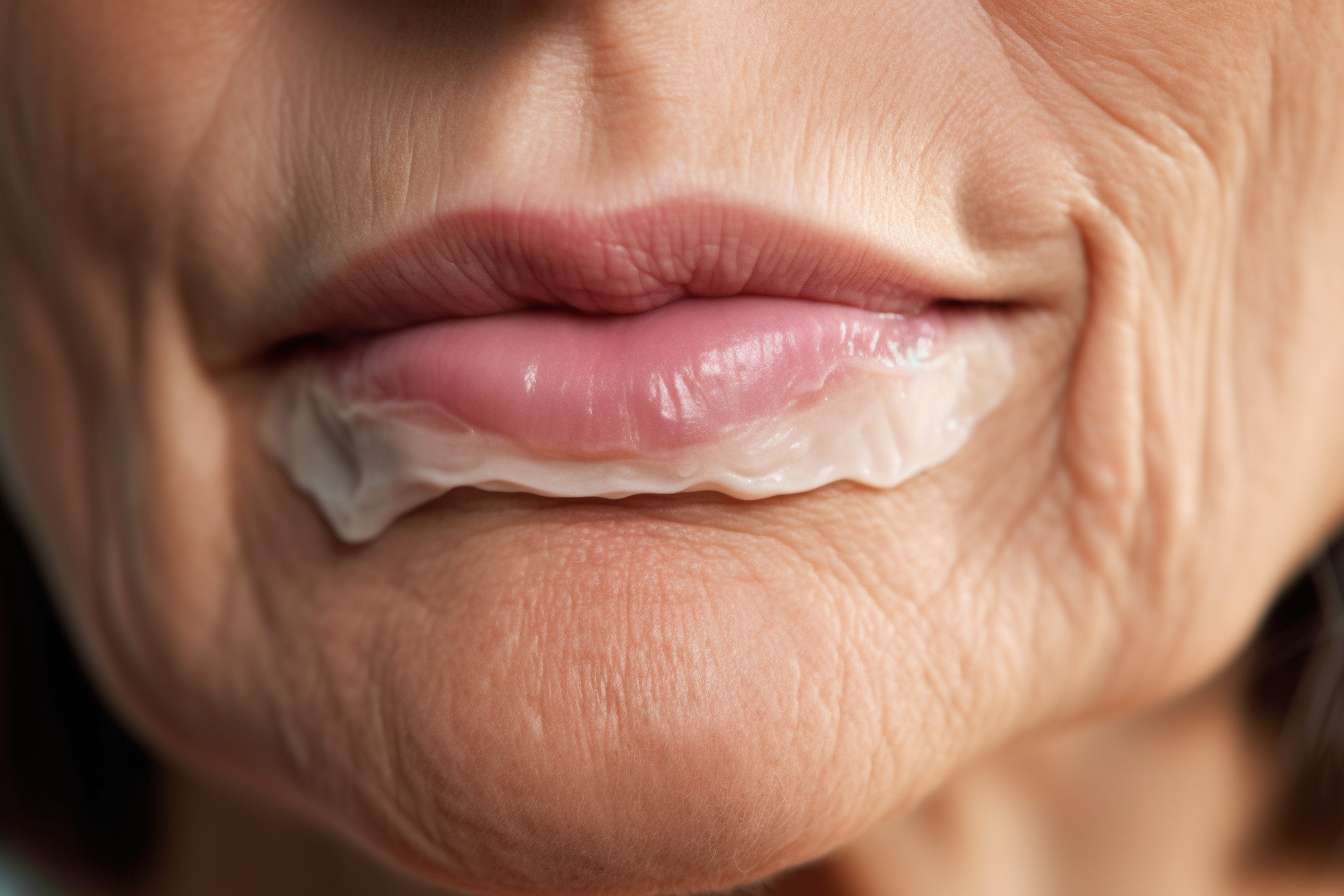Unveiling the Science Behind Eye Bags: Causes and Solutions
Eye bags are a common cosmetic concern that affects people of all ages and backgrounds. These puffy, swollen areas beneath the eyes can make individuals appear tired, older, or less vibrant than they feel. While often dismissed as a purely aesthetic issue, eye bags can sometimes indicate underlying health problems or lifestyle factors that warrant attention. Understanding the science behind eye bags is crucial for developing effective prevention and treatment strategies. This article delves into the physiological mechanisms that lead to eye bag formation, explores various contributing factors, and examines both traditional and cutting-edge solutions for managing this persistent concern.

Biological Factors Contributing to Eye Bags
Age-related changes are among the primary biological factors leading to eye bag development. As we grow older, the supporting structures around the eyes weaken. The orbital septum, a thin membrane that holds fat in place, becomes less effective, allowing fat to protrude forward and create a puffy appearance. Additionally, the loss of elasticity in the skin and underlying tissues contributes to sagging and the formation of eye bags.
Genetics also play a significant role in determining an individual’s predisposition to eye bags. Some people are genetically prone to having more prominent tear troughs or weaker supportive tissues, making them more susceptible to developing eye bags at an earlier age or to a greater extent than others.
Lifestyle and Environmental Influences
While biological factors set the stage, lifestyle choices and environmental conditions can exacerbate eye bag formation. Lack of sleep is a well-known contributor, as it can lead to fluid retention and blood vessel dilation in the under-eye area. Similarly, excessive alcohol consumption and high-sodium diets can cause water retention, making eye bags more pronounced.
Prolonged exposure to sunlight can accelerate the breakdown of collagen and elastin fibers in the delicate under-eye skin, leading to premature aging and eye bag formation. Additionally, chronic allergies or sinus problems can cause inflammation and swelling in the surrounding tissues, contributing to a puffy appearance.
The Role of Hydration and Circulation
Proper hydration plays a crucial role in maintaining healthy skin and reducing the appearance of eye bags. When the body is dehydrated, it tends to retain water, which can accumulate in areas like the under-eye region. Conversely, adequate hydration helps flush out toxins and reduce fluid retention, potentially minimizing the appearance of eye bags.
Circulation is another key factor in eye bag formation. Poor circulation can lead to fluid accumulation and a buildup of waste products in the under-eye area. Practices that improve circulation, such as facial massage or cold compresses, can help reduce puffiness and promote a more refreshed appearance.
Traditional Remedies and At-Home Solutions
For centuries, people have sought ways to combat eye bags using readily available ingredients and simple techniques. Cold compresses, such as chilled tea bags or cucumber slices, have long been popular for their ability to constrict blood vessels and reduce swelling. The caffeine in tea and the natural compounds in cucumbers are believed to have additional soothing and anti-inflammatory properties.
Another time-honored remedy is the use of cold spoons. Placing chilled metal spoons over the eyes can help constrict blood vessels and reduce puffiness. Some people also swear by gently tapping or massaging the under-eye area to stimulate lymphatic drainage and improve circulation.
Topical Treatments and Skincare Innovations
The skincare industry has developed a wide array of products targeting eye bags, ranging from simple moisturizers to advanced formulations with active ingredients. Eye creams containing caffeine, peptides, and antioxidants are popular choices for their potential to reduce puffiness and improve skin texture.
Recent innovations in skincare technology have led to the development of more sophisticated solutions. For example, some products now incorporate micro-current technology or cooling metal applicators to enhance product absorption and stimulate circulation. Others use encapsulated ingredients that are released over time for prolonged effects.
Medical Interventions and Cosmetic Procedures
For those seeking more dramatic or long-lasting results, medical interventions and cosmetic procedures offer additional options. Non-invasive treatments like dermal fillers can help restore volume to hollow under-eye areas, effectively reducing the appearance of eye bags. These injectable treatments typically use hyaluronic acid-based fillers to smooth out depressions and create a more youthful contour.
More invasive surgical options, such as blepharoplasty (eyelid surgery), can address severe cases of eye bags by removing or repositioning excess fat and tightening the skin. While effective, these procedures come with potential risks and longer recovery times, making them suitable only for those with significant concerns.
The Psychological Impact of Eye Bags
Beyond their physical manifestation, eye bags can have a considerable psychological impact on individuals. Many people report feeling self-conscious or less confident due to their appearance, which can affect their personal and professional lives. Understanding this psychological dimension is crucial for healthcare providers and skincare professionals when addressing patients’ concerns and developing treatment plans.
Future Directions in Eye Bag Research and Treatment
As our understanding of the underlying mechanisms of eye bag formation continues to grow, new avenues for treatment and prevention are emerging. Researchers are exploring the potential of stem cell therapies to regenerate and strengthen the supportive tissues around the eyes. Additionally, advancements in gene therapy may one day allow for targeted interventions to address genetic predispositions to eye bags.
In conclusion, eye bags represent a complex interplay of biological, environmental, and lifestyle factors. While they remain a common concern, our growing understanding of their causes and the continuous development of innovative solutions offer hope for more effective management and prevention strategies in the future. As research progresses, individuals will likely have access to an even broader range of options for addressing this persistent cosmetic issue, allowing for more personalized and effective approaches to achieving a refreshed and youthful appearance.




